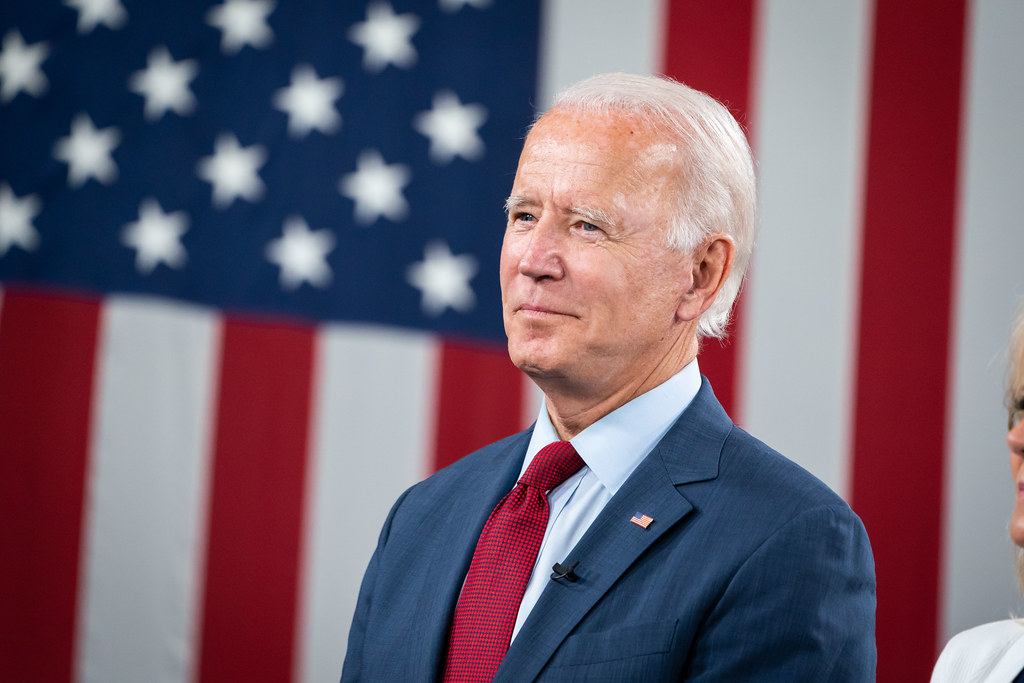
On Wednesday, the Supreme Court rejected an emergency plea from the Biden administration aimed at reinstating its latest student loan debt relief strategy. This decision maintains a nationwide injunction put forth by an appeals court, marking a significant setback for efforts aimed at reducing federal student loan burdens.
The controversy centers around the Education Department’s July 2023 regulation, the Saving on a Valuable Education (SAVE) plan, which was introduced after the Supreme Court invalidated a prior loan forgiveness program proposed by President Joe Biden. The new plan, however, has faced legal challenges led by several conservative-leaning states including Missouri.
Legal and Political Reactions
Missouri Attorney General Andrew Bailey voiced strong opposition to the administration’s attempts at debt relief, stating that the administration overstepped its congressional mandate and burdened taxpayers with substantial costs associated with Ivy League educations. In contrast, the Education Department expressed disappointment over the Supreme Court’s decision, emphasizing the lost opportunity to reduce payment burdens for borrowers nationwide.
The SAVE plan proposed several key adjustments to existing student loan repayment structures:
- Income Cap Adjustment: The plan proposed reducing the cap on repayment amounts for undergraduate loans from 10% to 5% of a borrower’s income.
- Interest Accumulation: Introduced limits on how much interest could accumulate on these loans.
- Repayment Duration: Shortened the repayment period for certain small loans, allowing for earlier loan forgiveness.
These changes were designed to ease the financial burden on borrowers, but opponents argued that they required unauthorized spending upwards of $475 billion.
Central to the legal debate is the “major questions” doctrine, which has been increasingly cited by the court’s conservative justices. This doctrine stipulates that federal agencies cannot enact substantial policies with significant economic implications without explicit congressional authorization. The states contended that the Biden administration’s plan exceeded its authority by attempting to unilaterally cancel debt across the board.
Court Proceedings and Decisions
The legal battle saw various stages:
- Federal District Court: Initially only placed the shortened repayment proposal on hold.
- 8th U.S. Circuit Court of Appeals: Extended the injunction to include other aspects of the SAVE plan on August 9.
- Supreme Court: Upheld the appeals court’s broad injunction, requesting swift resolution of the ongoing appeals.
The Solicitor General Elizabeth Prelogar defended the plan by arguing that the 1993 federal law allows the Education Department to set appropriate income portions for repayment calculations and timelines, a stance rejected by the appeals court.
Despite legal hurdles, around 8 million people had already enrolled in the SAVE plan, benefiting from earlier provisions that reduced repayment amounts. The plan’s broader implications continue to unfold as the legal process progresses, with other court challenges also in play.
This judicial pushback reflects a broader tension between the executive branch’s efforts to provide debt relief and opponents who view such measures as fiscal irresponsibility or overreach. As the courts continue to deliberate, the outcome will likely have significant consequences for millions of student loan borrowers across the United States.
The Supreme Court’s decision to deny the revival of the Biden administration’s student loan relief plan underscores ongoing challenges in implementing wide-reaching financial aid policies. As the legal battles continue, the administration remains committed to seeking alternative pathways to support borrowers, while opponents argue for a more restrained approach to federal involvement in student loan debt.
Featured image credit: Adam Schultz via Flickr
Follow us for more breaking news on DMR
